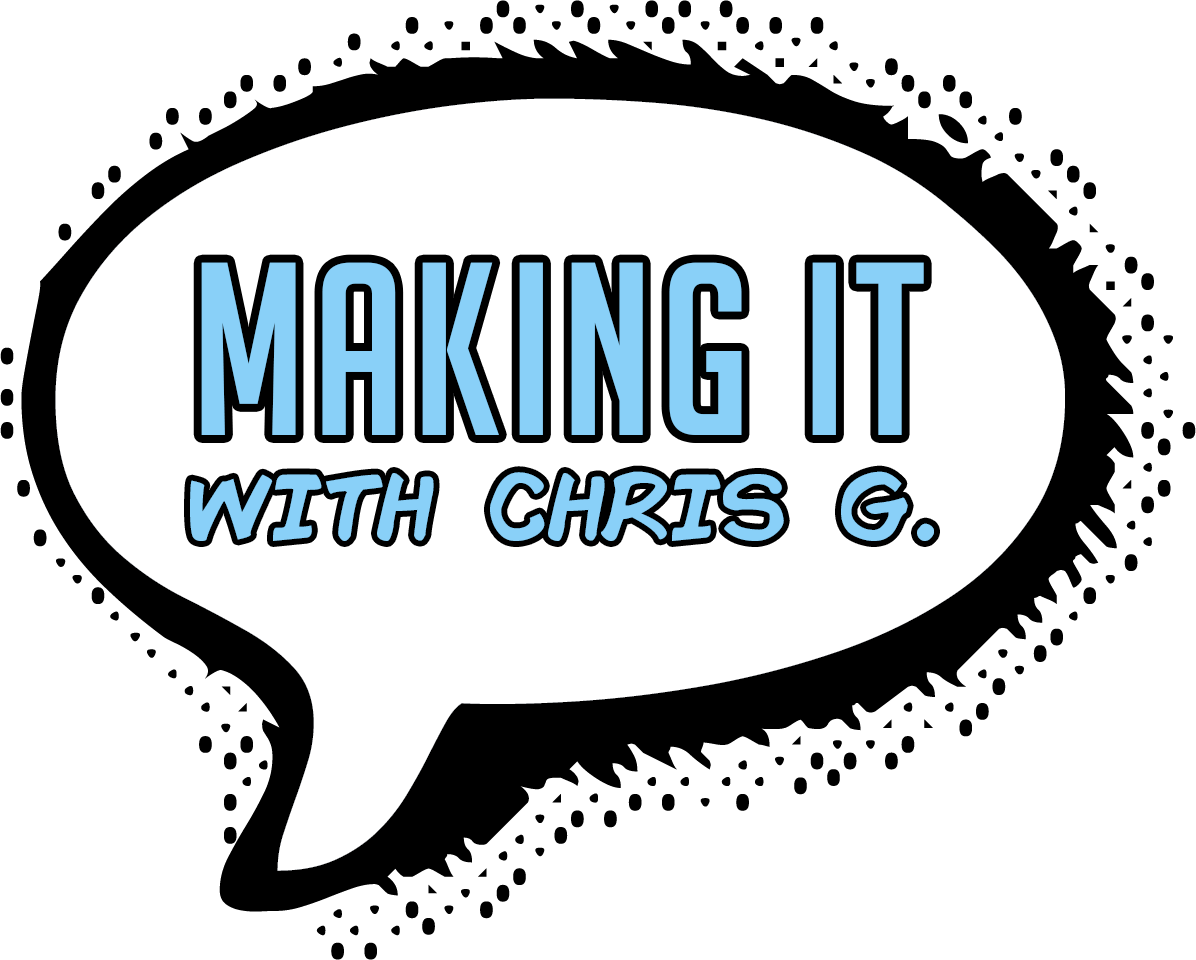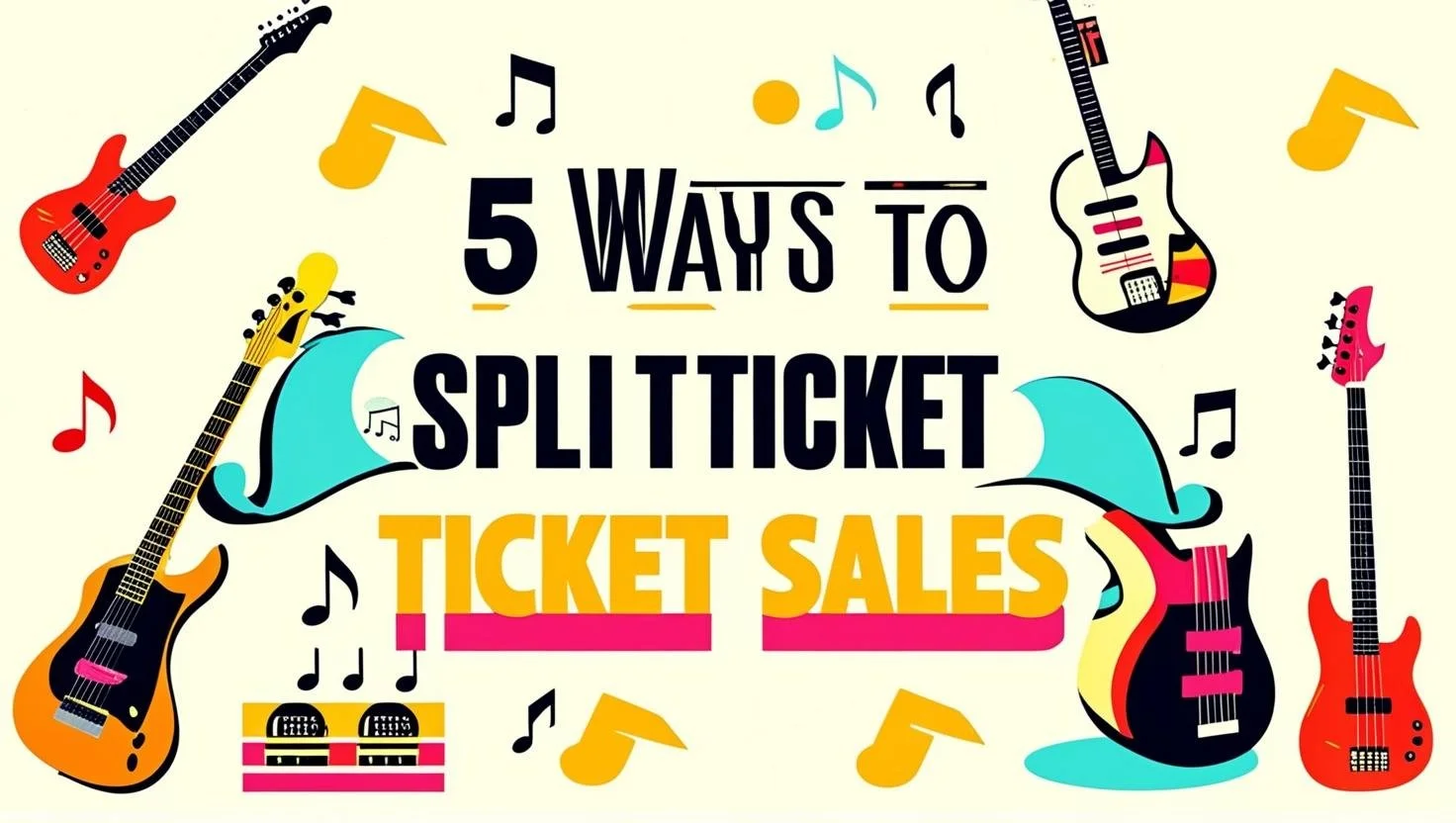5 Ways Local Bands Can Split Ticket Revenue or Money Made at the Door
/When hosting a show with local artists, one of the most common questions is how to fairly split the profits made at the door. Whether you’re an artist or a promoter, navigating this process is key to ensuring a smooth and successful event. In this guide, we’ll explore five popular methods for dividing income among participating artists, each with its own advantages and considerations.
Why Splitting Profits Matters
The way you distribute revenue can make or break relationships between collaborators. A fair and transparent process fosters trust, encourages teamwork, and strengthens your local music community. The right approach often depends on the nature of the event, the effort of the artists involved, and the goals of the show.
1. Split Money Evenly
This is the simplest and most straightforward method. After covering all expenses, the remaining profits are divided equally among the artists.
Best For:
Shows featuring friends or artists who trust each other.
Events where all participants contribute equally to promotion and ticket sales.
Pros:
Easy to calculate and implement.
Promotes camaraderie and fairness in tight-knit communities.
Cons:
May feel unfair if some artists contribute significantly more effort or draw a larger crowd.
2. Pre-Sales with Artists Keeping the Majority
Each artist is given a set number of tickets (e.g., 50-100). They keep most of the revenue from the tickets they sell, while a small portion contributes to covering expenses. Any profits from door sales are split evenly.
Best For:
Events where artists have strong individual followings.
Collaborative shows where everyone is motivated to promote ticket sales.
Pros:
Rewards artists who actively sell tickets.
Encourages strong pre-show promotion.
Cons:
Requires careful coordination to track ticket sales and expenses.
3. Pre-Sales with Revenue Percentage Allocation
In this method, artists receive a share of the profits based on the percentage of tickets they sold during the pre-sale. For example:
Band A sells 40 tickets (40% of total pre-sales) and earns 40% of the revenue.
Band B sells 25 tickets (25% of pre-sales) and earns 25%.
Best For:
Events with artists of varying promotional abilities.
Situations where pre-sale efforts significantly impact attendance.
Pros:
Rewards effort and hustle in pre-sales.
Encourages a competitive yet fair environment.
Cons:
Artists with day jobs or limited time may find this system challenging.
May lead to tension if sales efforts vary widely.
4. Clear Headliner Scenario
When a local artist has a large following and can easily sell 150-200+ tickets, they take on the role of headliner. After expenses are covered, the headliner keeps the profits while other performers are paid a guaranteed fee (e.g., $100-$150 for openers and $250-$500 for direct support).
Best For:
Shows anchored by a well-known local artist.
Events with a clear hierarchy among performers.
Pros:
Mimics the structure of national touring acts.
Rewards the headliner for their drawing power.
Cons:
Not ideal for collaborative or community-driven events.
Requires a headliner with consistent ticket-selling power.
5. Tally at the Door
For events without pre-sales, you can track attendance by asking attendees at the door which artist they came to see. Revenue is then split based on the percentage of attendees attributed to each artist.
Best For:
Shows with no pre-sale system.
Events with multiple artists and varied audiences.
Pros:
Simple and transparent for events without advance ticketing.
Rewards artists who draw the most attendees.
Cons:
Can lead to disputes over accuracy or honesty at the door.
May not encourage collaboration among artists.
Choosing the Right Method
When deciding how to split profits, consider the following:
Effort and Contribution: Did all artists promote the event equally?
Audience Draw: Who is bringing the most attendees?
Community Goals: Are you building a collaborative music scene or hosting a competition?
Collaborating fairly ensures a positive experience for everyone involved and strengthens your music community.
The Bigger Picture: Building a Music Scene
Fair profit-sharing isn’t just about the money—it’s about fostering a supportive environment where local artists thrive together. By working collaboratively and lifting each other up, your local scene can gain national attention and opportunities.
Final Thoughts
No matter which method you choose, transparency and communication are key. Clearly outline expectations and agreements before the event to avoid misunderstandings. If you’re looking for more insights into the music industry, check out the resources and workshops at Making It Academy.
Want to Learn More?
Join the Making It Academy for live workshops, expert advice, and a thriving community of artists, promoters, and managers. Together, we’re navigating the music industry and making it happen!
Until next time, go see shows, meet people, and make stuff happen. 🎶






